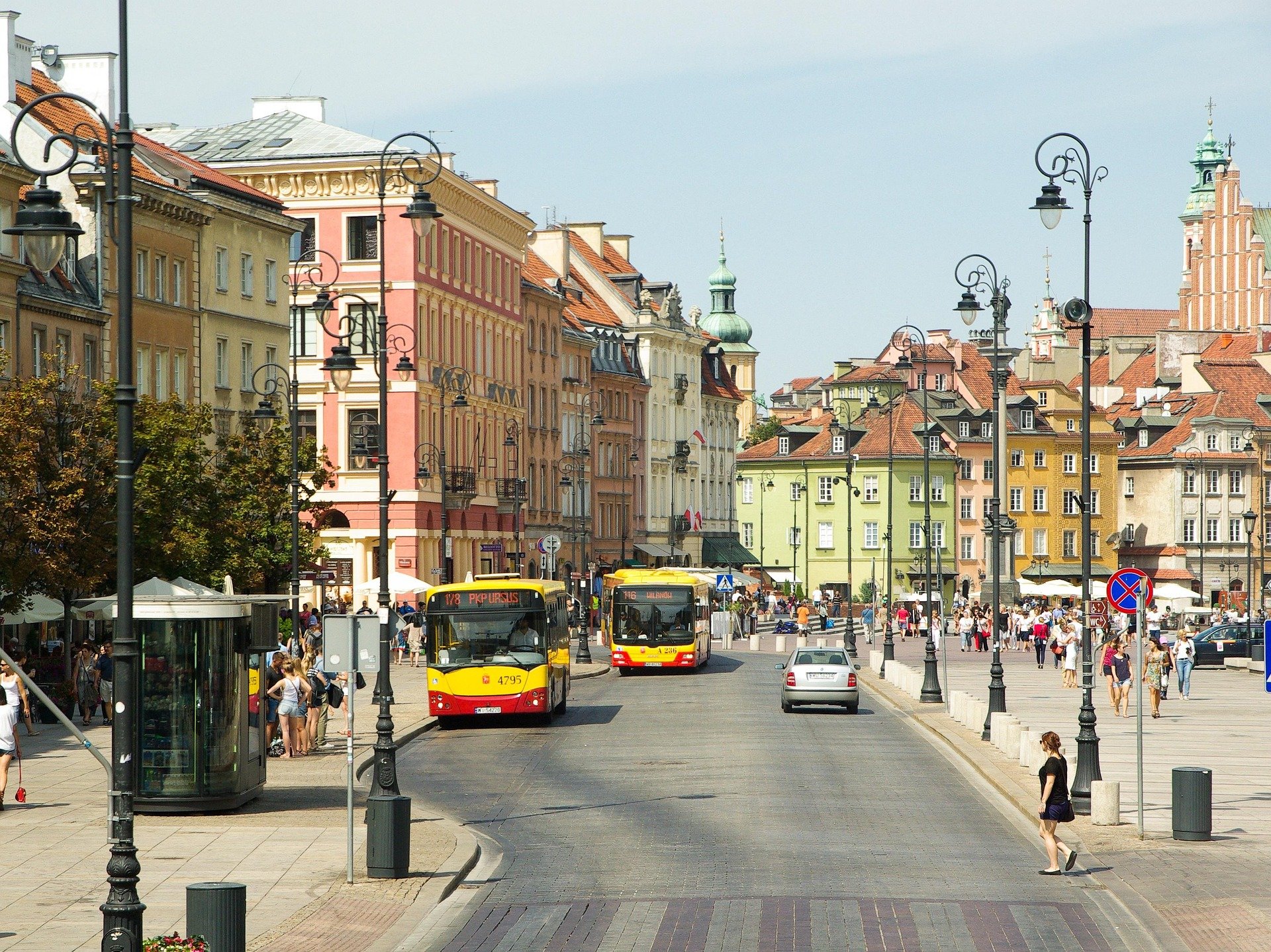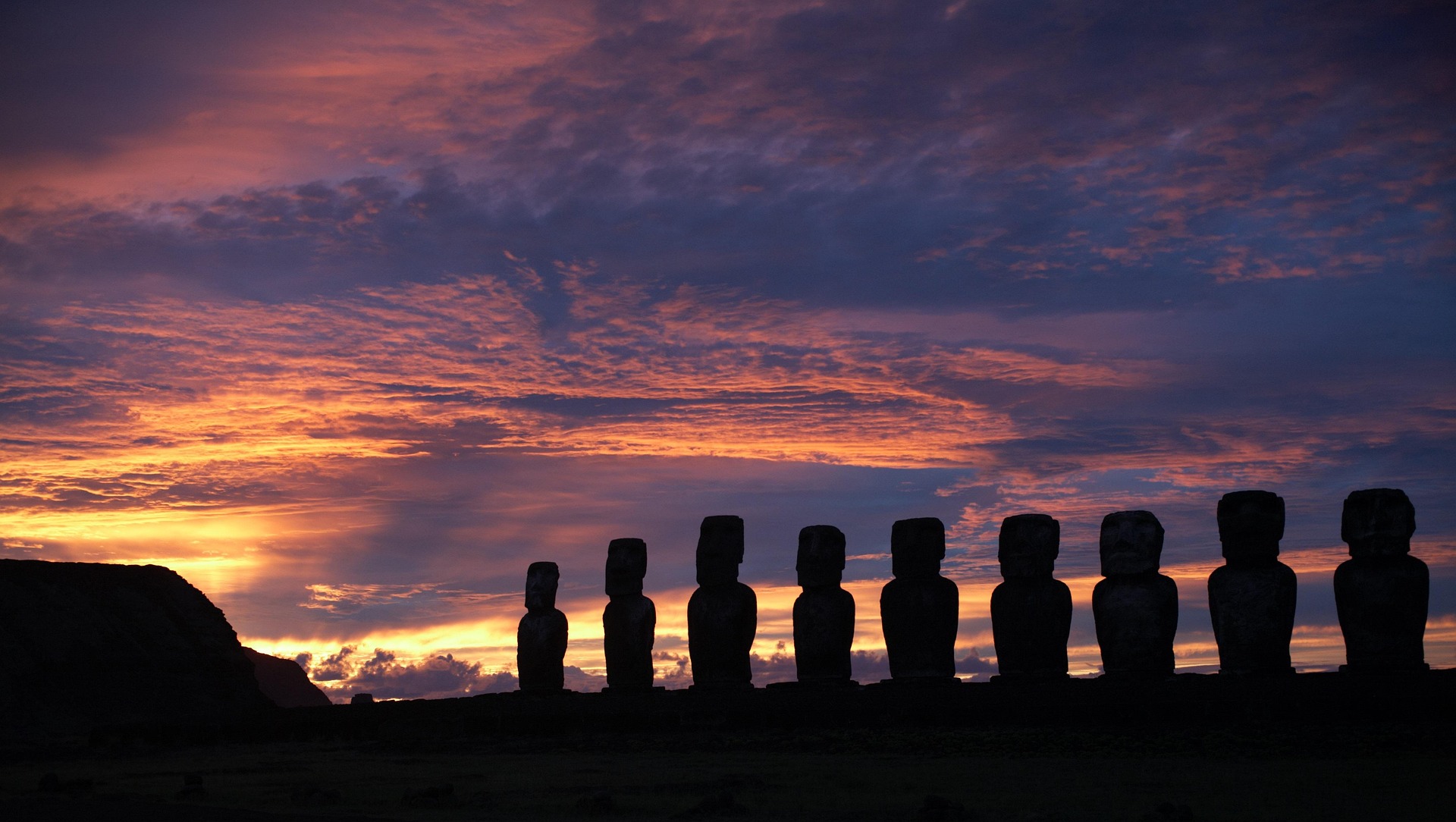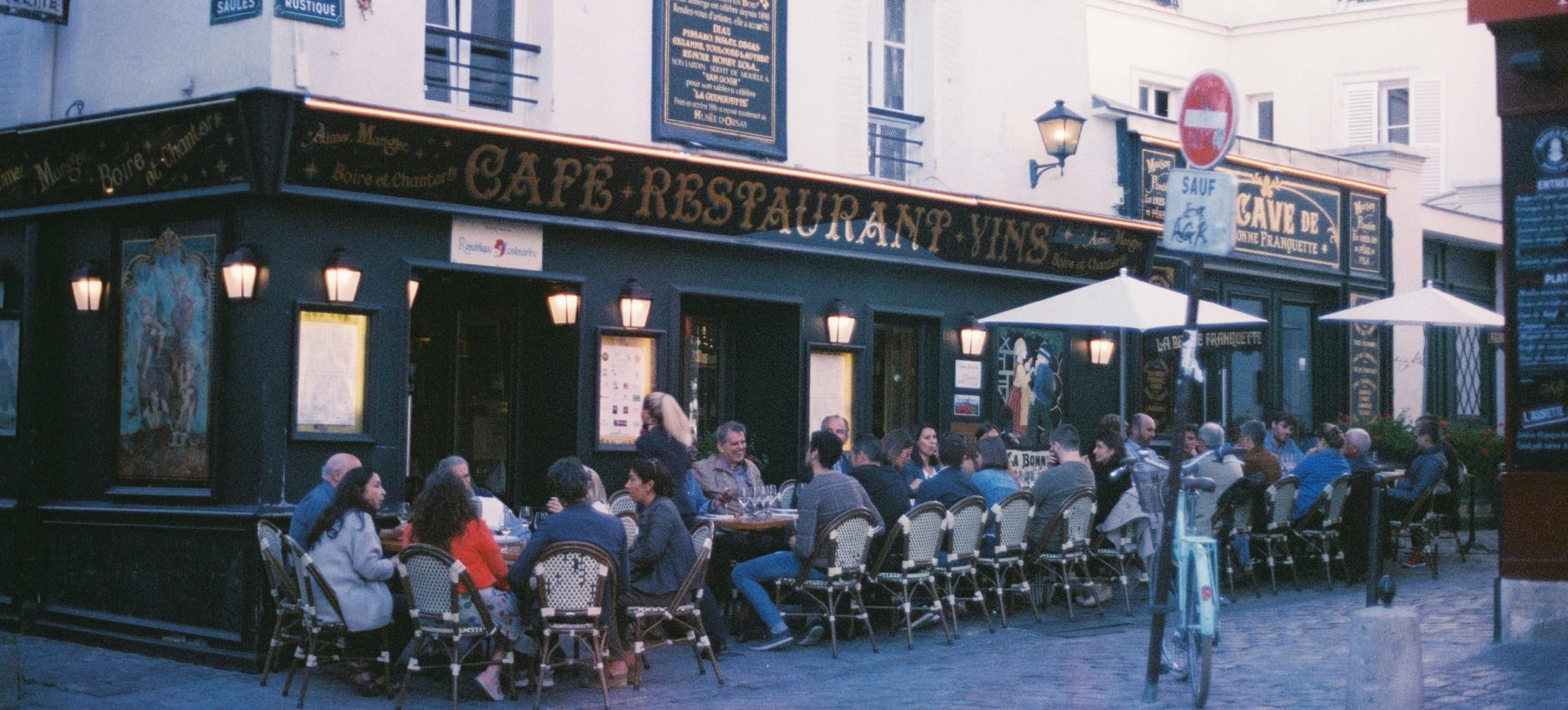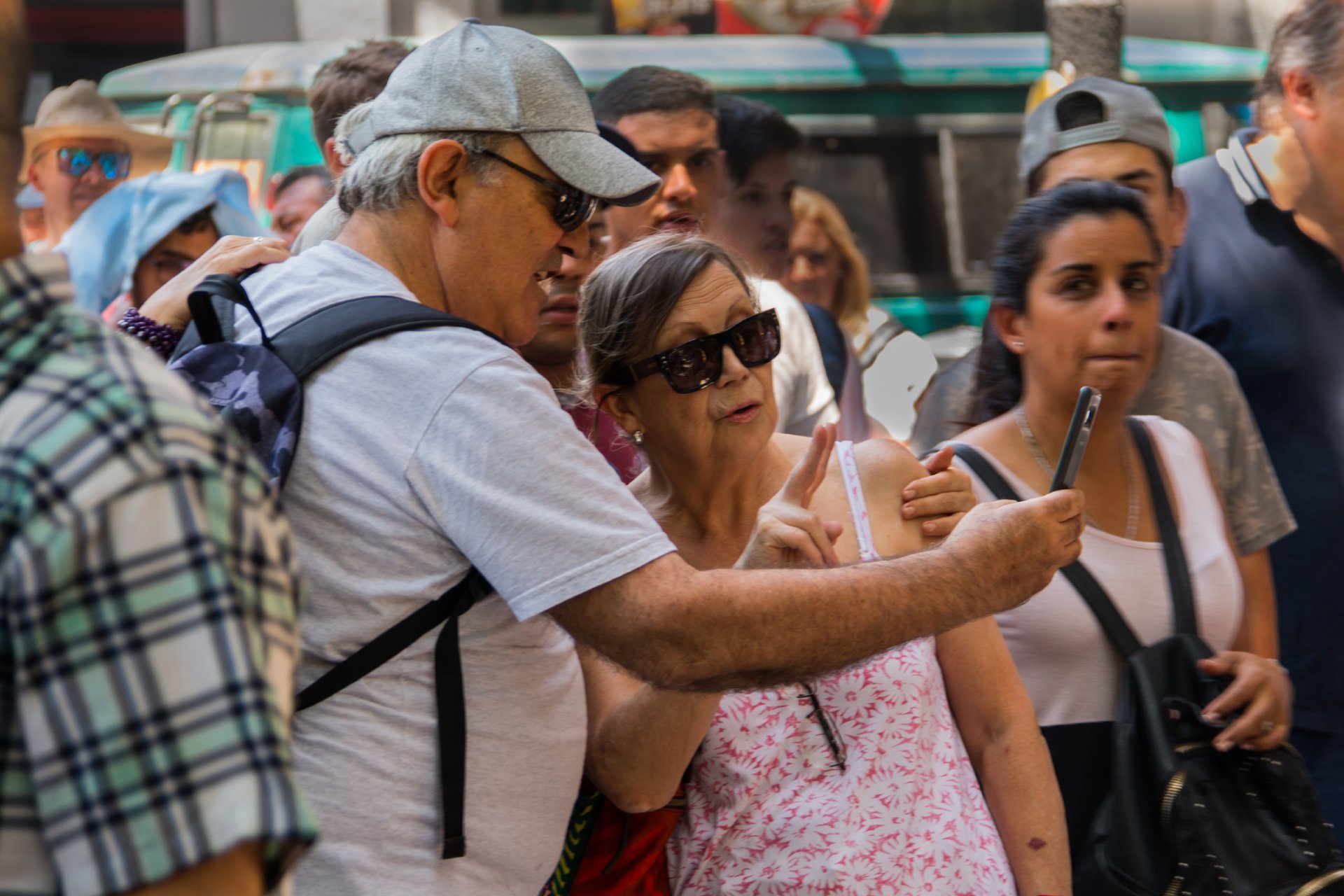Article Highlights:
- Paris Catacombs is not for the fainthearted.
- The Green-Wood Cemetery in Brooklyn is the final resting place of composer Leonard Bernstein.
- London’s Highgate Cemetery is the final resting place of Karl Marx and Douglas Adams (author of Hitchhiker’s Guide to the Galaxy).
- Kobo Daishi, the founder of Shingon Buddhism, rests in eternal meditation in his mausoleum in Japan’s Okunoin Cemetery.
In recent years, a unique form of travel has been gaining traction: tombstone tourism. Enthusiasts of this niche travel trend journey across the globe to uncover the rich histories embedded within the tombstones and cemeteries of various cities. They seek to learn about the lives, cultures, and stories of those who came before us, all while paying their respects.
While the allure of exploring these historical sites is undeniable, it’s essential to acknowledge the potential risks associated with international travel and how services like Global Rescue can provide peace of mind.
The Allure of Tombstone Tourism
Tombstone tourism appeals to history buffs, genealogists, and anyone with a penchant for the past. Cemeteries often serve as open-air museums, showcasing intricate art and architecture while narrating the stories of the deceased. Travelers might find themselves wandering through the hauntingly beautiful Père Lachaise Cemetery in Paris, where Oscar Wilde and Jim Morrison rest, or the historic St. Louis Cemetery No. 1 in New Orleans, known for its above-ground burial tombs and the legendary voodoo queen Marie Laveau.
Each tombstone tells a story, and for many, visiting these sites fosters a deeper understanding of a city’s cultural and historical fabric. Furthermore, guided tours often accompany these excursions, providing insights from knowledgeable historians who can highlight the significance of various interments.
Top Tombstone Tourist Destinations
For those interested in embarking on a tombstone tourism adventure, here are must-visit destinations around the world:
Paris Catacombs, Paris, France
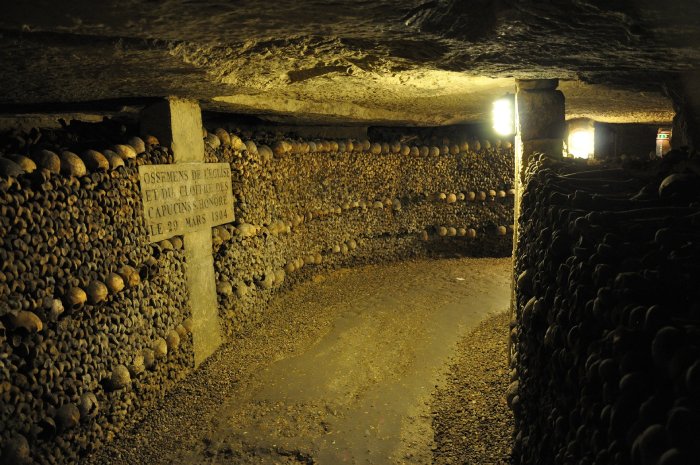
A visit to the Paris Catacombs is not for the fainthearted. Walk 131 steps down and you’re in a former underground quarry, 20 meters below the streets of Paris. You’ll follow winding tunnels for 1.5 kilometers through tight, uncomfortable spaces with a backdrop of bones: millions of bones stacked into walls, pillars and statues. The ossuary — a room with the bones of dead people — was created in the late 18th century when major health problems in above-ground cemeteries forced the city to transfer contents underground. It opened in 1809 after Héricart de Thury organized and built the site to educate visitors about religion, mineralogy, pathology and death.
Above ground, Père-Lachaise is the most visited cemetery in the world. It is the largest cemetery in Paris and the final resting place of many famous figures, including Édith Piaf, Frédéric Chopin, and Jim Morrison. Its extensive grounds and beautiful sculptures make it a popular spot for tourists and locals. The 110-acre park, located on the northeast side of the city, contains more than 70,000 tombs. People travel across the globe to see the cemetery’s “Gothic graves, Haussmanian burial chambers, ancient mausoleums” and the final resting places of Jim Morrison, Oscar Wilde and Edith Piaf.
Green-Wood Cemetery, Brooklyn, New York
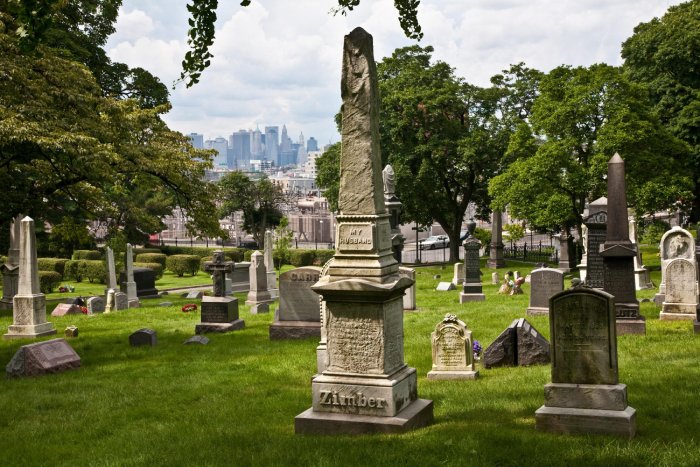
The Green-Wood Cemetery is a stunning 478-acre National Historic Landmark blending lush landscapes with a rich history. Established in 1838, it is the final resting place of numerous notable figures, including composer Leonard Bernstein and artist Jean-Michel Basquiat. Visitors are drawn to its Gothic architecture, serene lakes, and rolling hills, which provide a peaceful escape from the bustling city. The cemetery offers beautifully maintained pathways perfect for strolls, guided tours, and educational programs that delve into its historical significance and the lives of its residents. With its combination of history, art, and natural beauty, Green-Wood Cemetery serves as an intriguing destination for tourists seeking to explore New York’s diverse heritage.
Highgate Cemetery, London, England
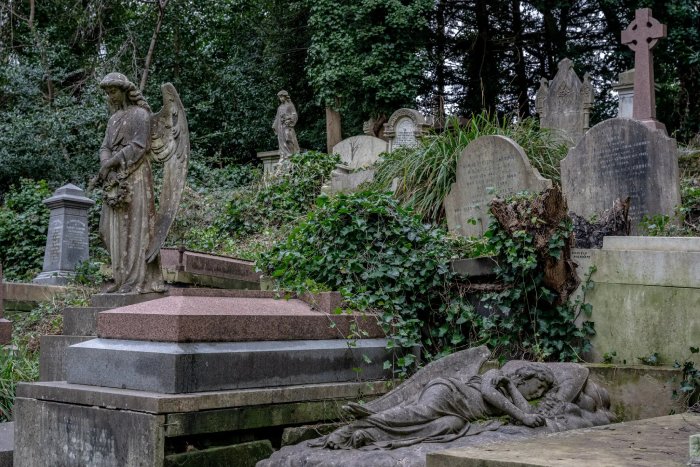
London in the 1800s had a growing population — but no land to bury the dead. Bodies were wrapped in cheap material and buried a few feet deep, wherever there was space. An act of Parliament changed all that and seven new private cemeteries were built: Kensal Green in 1833, West Norwood in 1836, Highgate in 1839, Abney Park in 1840, Brompton in 1840, Nunhead in 1840 and Tower Hamlets in 1841.
Built at an elevation that overlooks London, Highgate Cemetery is one of the world’s most famous cemeteries. Known for its gothic architecture, this cemetery is the final resting place of Karl Marx and offers guided tours that delve into its history. Its popularity is partly because of its other famous residents like George Eliot and Douglas Adams (author of Hitchhiker’s Guide to the Galaxy), and the beautifully landscaped grounds that bloom in the spring.
Okunoin Cemetery, Mount Koya, Japan
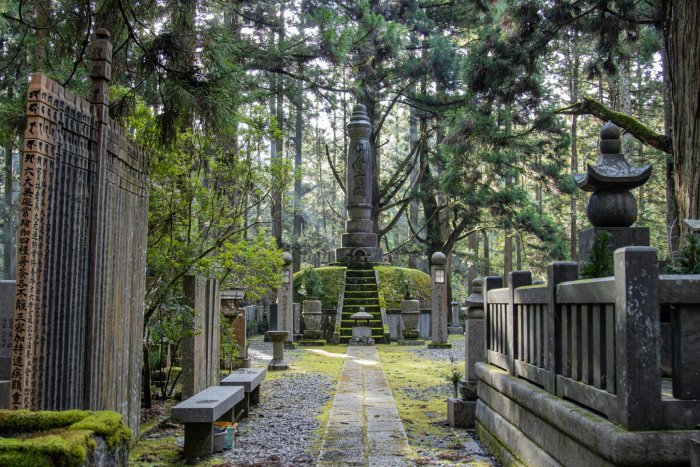
Kobo Daishi, the founder of Shingon Buddhism, rests in eternal meditation in his mausoleum in Okunoin Cemetery. While he awaits the Buddha of the Future, he provides relief to those who ask for salvation, making it one of the most sacred places in Japan and a popular pilgrimage site. It is also the largest graveyard in Japan, 2 kilometers and 12,000 years old, with the graves of more than 20,000 monks. Night cemetery tours, led by local monks, are available.
Recoleta Cemetery, Buenos Aires, Argentina
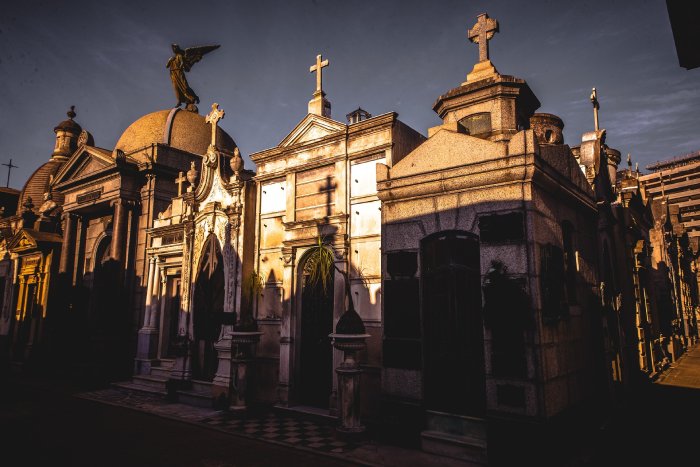
The Recoleta Cemetery is famous for its ornate mausoleums and elaborate sculptures. It is the final resting place of Eva Perón and other influential figures, making it a key cultural and historical site within the city.
Cemiterio da Consolação, São Paulo, Brazil
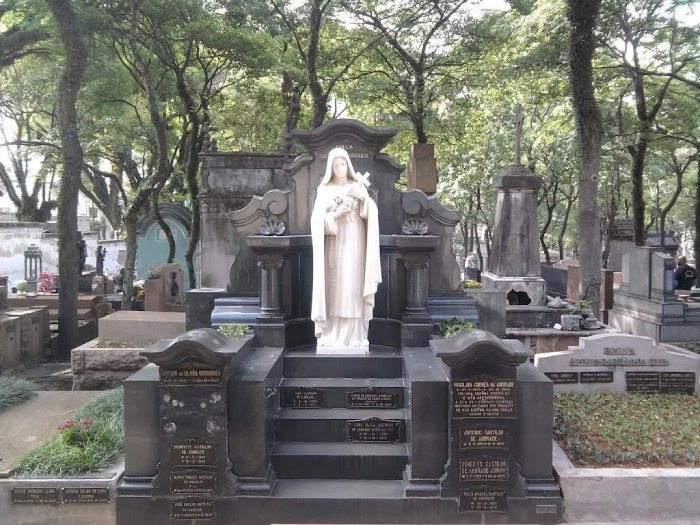
The Cemiterio da Consolação is renowned for its stunning funerary art and lush gardens, this cemetery features elaborate tombs of prominent Brazilian artists, politicians, and intellectuals. Its artistic and historical significance, coupled with beautiful architecture, draws visitors seeking to explore Brazil’s rich cultural heritage.
Cimitero Monumentale, Milan, Italy
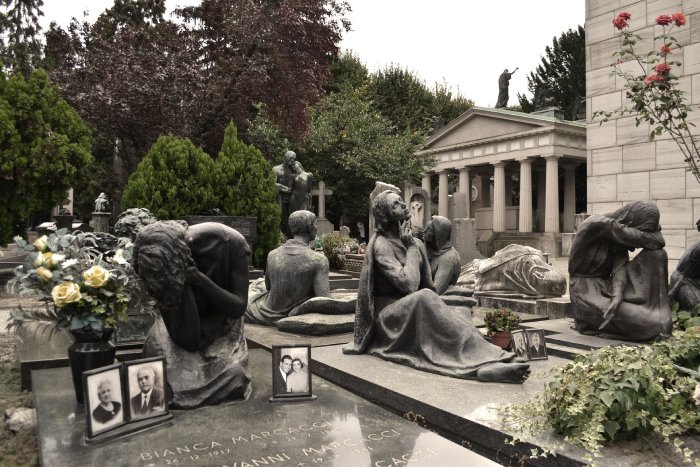
The Cimitero Monumentale is famous for its grandiose tombs and elaborate sculptures, this cemetery showcases exquisite artistry and serves as a final resting place for many of Italy’s cultural icons.
Saint Andrews Cathedral, Saint Andrews, Scotland
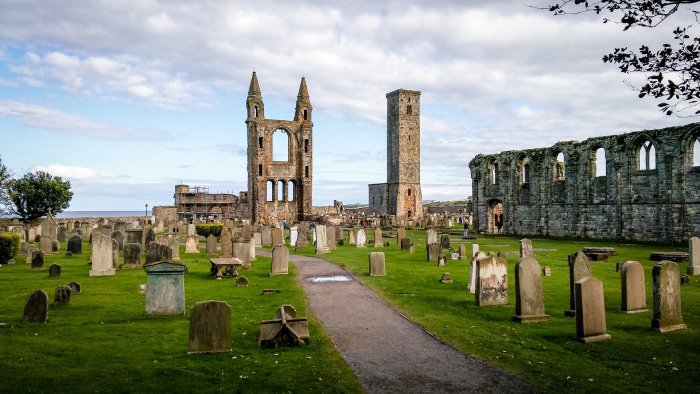
Saint Andrews Cathedral, built in 1158, was abandoned after Catholic Mass was outlawed during the Scottish Reformation. As the church fell into ruins, the site was turned into a burial ground in the 1600s. Today, the site is often visited by families searching for their ancestors.
Mount of Olives Cemetery, Jerusalem, Israel
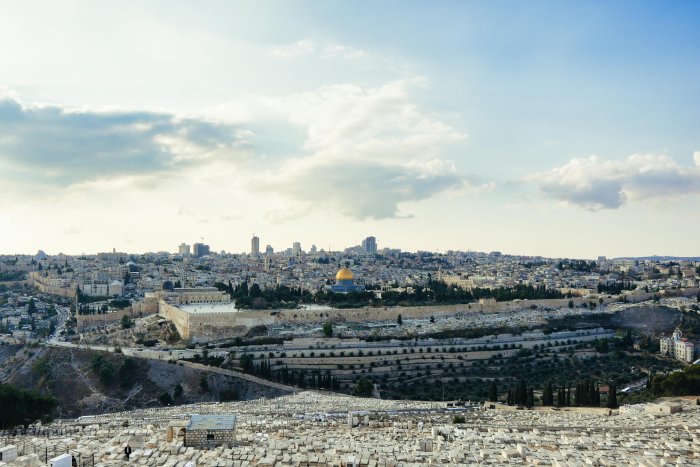
This ancient cemetery is one of the oldest in the world, with thousands of graves dating back to biblical times. It offers stunning views of the Old City and contains the graves of many important Jewish figures, making it a significant pilgrimage site.
Cemetery of Al-Baqi, Medina, Saudi Arabia
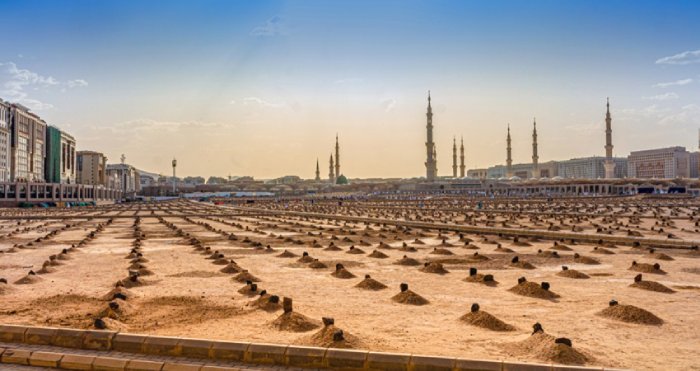
This cemetery is known for being the burial site of several important Islamic figures, including many companions of the Prophet Muhammad. It holds great religious significance for Muslims and is a pilgrimage site for those visiting Medina.
The Risks of Tombstone Tourism
While traveling to explore cemeteries might seem harmless, it can come with risks from health and safety to local sensitives and legal constraints.
Health Risks: Travelers may encounter health-related issues, such as foodborne illnesses, exposure to extreme weather, or even unsafe sanitary conditions in some countries.
Personal Safety: Certain cemeteries may be located in less secure neighborhoods, posing risks of theft or violence, especially for tourists who may appear disoriented or out of place.
Cultural Sensitivity: Not all cultures view cemeteries in the same light. In some places, tombstone tourism may be seen as disrespectful, leading to potential confrontations with locals.
Travel Complications: International travel can be unpredictable. Flight cancellations, lost luggage, or sudden changes in local laws can complicate travel plans.
Legal Issues: In some countries, there are strict regulations regarding photography and behavior in cemeteries. Ignorance of these laws can lead to fines or even arrest.
The Global Rescue Connection
Tombstone tourism offers travelers a fascinating way to connect with history and honor the lives of those who have passed. While the experience can be deeply enriching, it’s crucial to be aware of the potential risks involved in international travel. This is where Global Rescue comes into play.
It is best to visit during the day. If you take a night cemetery tour with a guide, have an extra flashlight or headlamp and dress appropriately.
Wear sensible shoes. The ground in a cemetery is often uneven, with sinking earth, tree roots and stone markers set close to the ground.
Watch out for underground insect nests, bats, spiders or snakes. Most cemeteries have a flourishing ecosystem.
Have a travel protection membership as your dark travel safety net. Slips, trips and falls can happen anywhere, and you’ll want to have field rescue or medical evacuation services available, just in case.
Rest in Peace…of Mind
The world is filled with stories waiting to be uncovered, and for the intrepid tombstone tourist, cemeteries serve as poignant reminders of our shared human experience. Whether you’re tracing your ancestry or simply marveling at the artistry of gravestones, there’s no denying the allure of exploring these hallowed grounds. Pack your bags, do your research, and set out on a journey through time, but remember to prepare for the unexpected. With these insights, tips, and resources, you’ll be well-equipped to embark on your journey through the stories etched in stone, allowing history to come alive in the most unexpected places.



